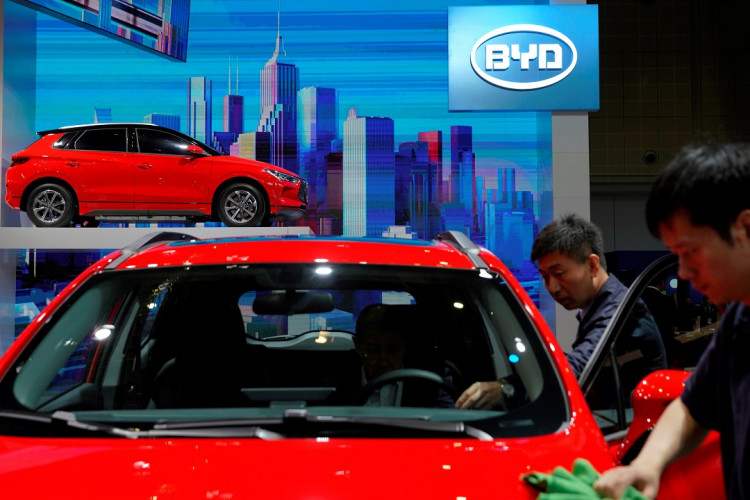Surge in the Vietnamese EV Market The Vietnamese electric vehicle (EV) market seems to be accelerating at an impressive pace.
According to a recent report by BMI Research, part of Fitch Information Services, it's expected that Vietnamese passenger EV sales will at least double in 2023. From 2023 to 2032, the annual growth rate of these sales is projected to average 25.8%, increasing from 8,400 units in 2022 to around 65,000 units.
For 2023, Vietnamese passenger EV sales are predicted to grow by 114.8%, reaching approximately 18,000 units. Of this figure, Battery Electric Vehicles (BEVs) sales might see a year-on-year growth of 104.4%, nearing 17,000 units. Meanwhile, sales of Plug-in Hybrid Electric Vehicles (PHEVs) could multiply by nine times, approaching 1,100 units.
The report highlighted that the penetration rate of passenger EVs (defined as the percentage of total national passenger car sales) is anticipated to rise to 13.6% by 2030, a significant jump from 2.9% in 2022.
The Vietnam Automobile Manufacturers Association forecasts that, considering the government's ambitious goals, annual automobile sales will reach 900,000 units. The EV ownership figures could possibly reach 1 million by 2028 and 3.5 million by 2040.
In the backdrop of rising EV penetration rates, automakers are gearing up to increase production in 2023. The growing delivery volumes from manufacturers like VinFast and Wuling Hongguang are set to provide strong momentum to EV growth.
The report from BMI emphasized the increasing penetration of cost-effective Chinese EVs in Vietnam, promoting the prosperity of its auto industry. Currently, the Vietnamese passenger EV market is predominantly led by domestic brand VinFast, which had a market share of about 50% in 2022. However, the other half is now captured by Chinese brands.
The affordably priced mini EV launched by Chinese brand Wuling Hongguang aims to boost its market share. The starting price for this mini EV is VND 239 million (approximately $10,065). In comparison, VinFast's EV, launched in April in Vietnam, comes with a price tag of $23,000.
Chinese Automakers Making Waves in Vietnam
On August 2, Great Wall Motors officially introduced its GWM brand in Hanoi, Vietnam, unveiling its global model, the Haval H6 HEV. Concurrently, the first GWM store in Vietnam opened its doors, marking the successful entry of Great Wall Motors into the Vietnamese market.
Great Wall Motors emphasized that Vietnam is a crucial market in the ASEAN region. The brand launch, product introduction, and the store's inauguration strengthen its foothold in the ASEAN market, showcasing the resolve and capability of Chinese automakers to expand internationally.
Recently, after establishing a partnership with TMT Motors for over four months, Wuling Hongguang's best-selling Mini EV was officially introduced to the public in Vietnam. The car, priced starting from CNY 70,000, meets the demand for compact vehicles suitable for Vietnam's intricate street landscape. The immediate reception of over 1,000 orders demonstrates the local users' affection for the car.
In May of this year, BYD also expressed plans to manufacture EVs in Vietnam, hoping to secure government support.
Challenges in Vietnam's EV Market
The BMI report indicated that Vietnamese EV sales might face challenges due to low incomes and the absence of incentives.
Media analyses have noted that when it comes to attracting complete vehicle investments, Vietnam can't compete with Thailand. Many multinational automakers share this consensus. Some attribute this to Vietnam's lack of skilled industrial workers. In essence, the absence of an automotive manufacturing industry cluster means no demand for manufacturing talent. Even if trained, these professionals would struggle to find employment, making talent development unprofitable.
Simultaneously, inadequate infrastructure also poses significant challenges for automakers considering setting up factories in Vietnam. The country, even before the height of summer, faced widespread power shortages due to droughts and high temperatures, undoubtedly impacting production.






